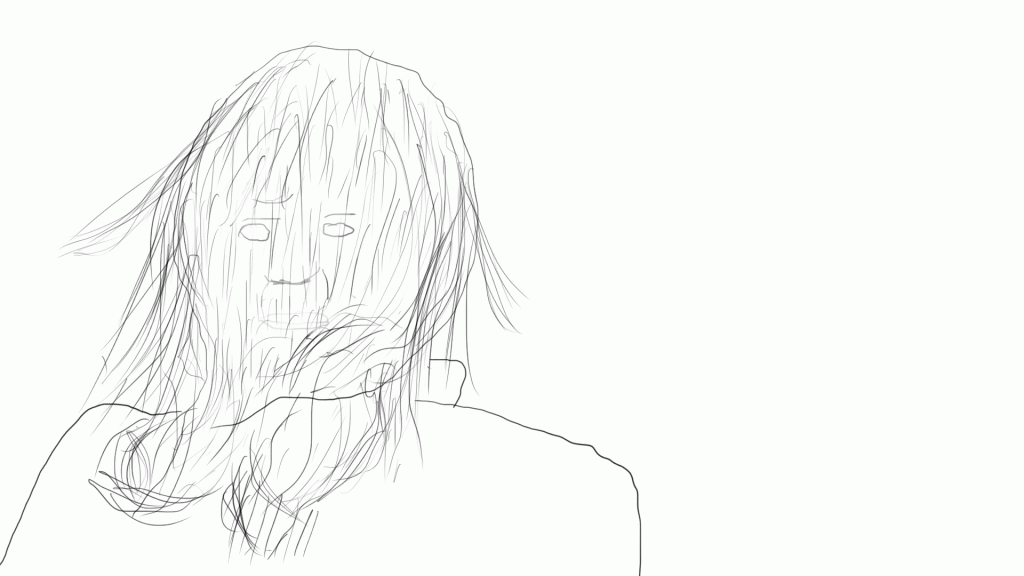Mythology, as a reference to looping, serves as a new narrative origin, since it enables the narration of the story behind eternal punishments. These Greek heroes betray the trust of some god and are therefore punished with repetition. Duration is only for the gods. They are eternal, man cannot imagine an eternity if he is not punished. The gods allow eternity to be proved through repetition, but eternity as a punishment, which will return on itself through cycles, depending only on the time of perception: a shorter time for humans whose life is shorter.
The figure of the Greek hero is currently replaced by that of the common individual, who carries in the meme some slip or goes through some different moment, usually comic, that deconstructs the epic narrative, inserting itself in a daily repetition. The hero’s journey, present in much of commercial cinema, assumes a protagonist who must go through several conflicts until he reaches his final goal and is modified by the experience of the path taken (it is modified by the duration of his action). Greek mythology served as an inspiration for several artists (especially in the Renaissance and Neoclassicism) due to its prophetic theme. The myth projects the fluctuations of human emotion, approaching, therefore, artistic expressions through the sensitivity to deal with human dramas. In contemporary art, this mythological theme returns most of the time in the form of digital images and computer graphics of post-human beings. The myth, as an event that explains the birth of a specific culture, illustrates in today’s society the conflict/coexistence of such disparate cultures in the same social space. So that myths replicate, through repetition and reinforce the meaning of the myth itself, expanding its dramatization through the eternalization of punishments. The myth tends to be inserted in themes of decolonialism that act as a representation of the other, softening the cosmogonic vision in a time without great narratives.
In Greek mythology repetition is used as a punishment, when one disobeys some God of Olympus, thus remaining the eternalization of the action, in a more severe penalty. So, we can relate repetition as a kind of eternalization. If in antiquity there was still a small narrative structure in punishment (the punished will try to put an end to his suffering by intending to end the requested work), nowadays there is a reduction in this duration, focusing only on immediate punishment with animated gifs.
Mythical time generally presents a circular structure that enables redemption and a return to an initial moment. These changes can occur in a cycle with several steps. nowadays, a culture of memes invades everyday life, added to the repetition of the image, we can speak of a memitology. Viral images that always return to the trending topics of social pages or that return to themselves in a looping. An analysis of memes, while referring to a mythical possibility of everyday life transformed into mythology.
Aren’t animated gifs like traitors of the narrative image and therefore should suffer the punishment of repetition? Early cinema, just like animated gifs, reflects a human need for duration, the animal instinct for preservation that wants to stay alive. They are repeated in order to lengthen their duration, even if based on repetition: the more fleeting the duration, the more repetitions they entail when displayed in the same period of time. Animated gifs carry a high repetition frequency. They fold in this way in the circularity and eternity of their duration, contrary to linear narratives with a beginning, middle and end. Through their constant repetition, animated gifs act as a cinema of attraction, in which the image becomes only its movement, without narratives. The works described have the same function as the myth of creating narratives to create a social bond, however, it refrains from large epic narratives to focus on memes spread over the internet, which carry a certain bond between users, either through humor or strangeness of their facts. The repetition present in the punishments works as redundancy, fixation.
The looping then acts as a trap, leaving the viewer in a trance, looking for some perceptible change that never appears. When the looping is short, appearing in the form of an animated gif, it works as a symptom, however, when the duration takes hours, days or years, it is alienation. Another possible answer would be the great speed of our time that prevents us from consummating some action because we are already aiming for another. Everyday acceleration is resumed through the use of repetitive instants. As suggested Byung-Chul Han in The Scent of Time: A Philosophical Essay on the Art of Lingering (2017, 18): “The current acceleration has its cause in the general inability to finish and conclude. Time reduces because it never ends, nothing concludes because it is not governed by any gravitation”. The animated gif inaugurates the conflict between the instant and the eternity of looping.
References
Han, Byung-Chul. The Scent of Time: A Philosophical Essay on the Art of Lingering. Tranlated by Daniel Steuer. Willey, 2017.
Wayner Tristão Gonçalves holds a PhD in Visual Arts. He is currently a professor at the Universidade Federal do Sul da Bahia, specializing in the field of Animation. He has directed several short films and has exhibited his artistic work in museums, as well as individual and collective exhibitions. Has two books published Eternidade do instante: animated gifs, loopings, imagem técnica atemporal (2022) and Urbanidades: aportes del arte público en la construcción de la mirada en las megalópolis contemporáneas (2013).





1 comment for “Mythology of Repetition, Memitology in Animated Gifs”